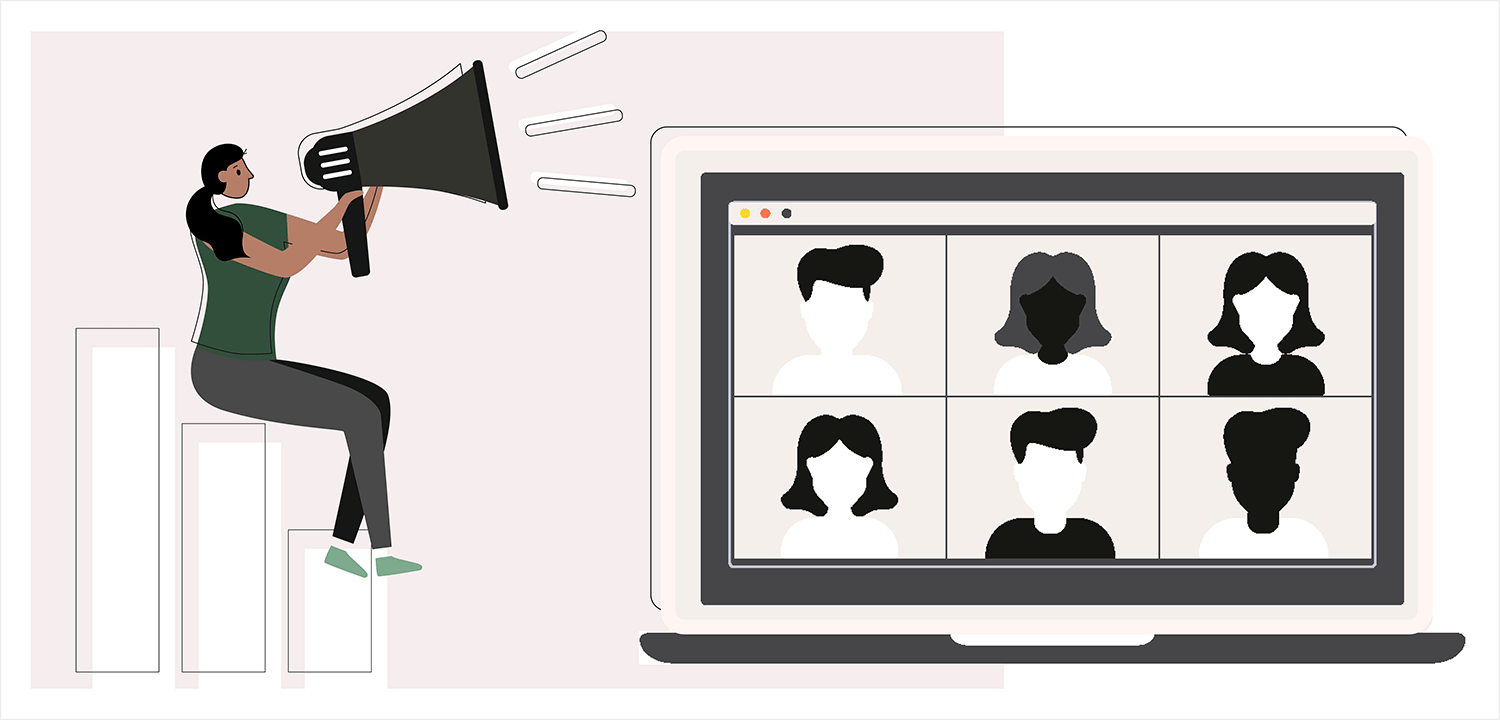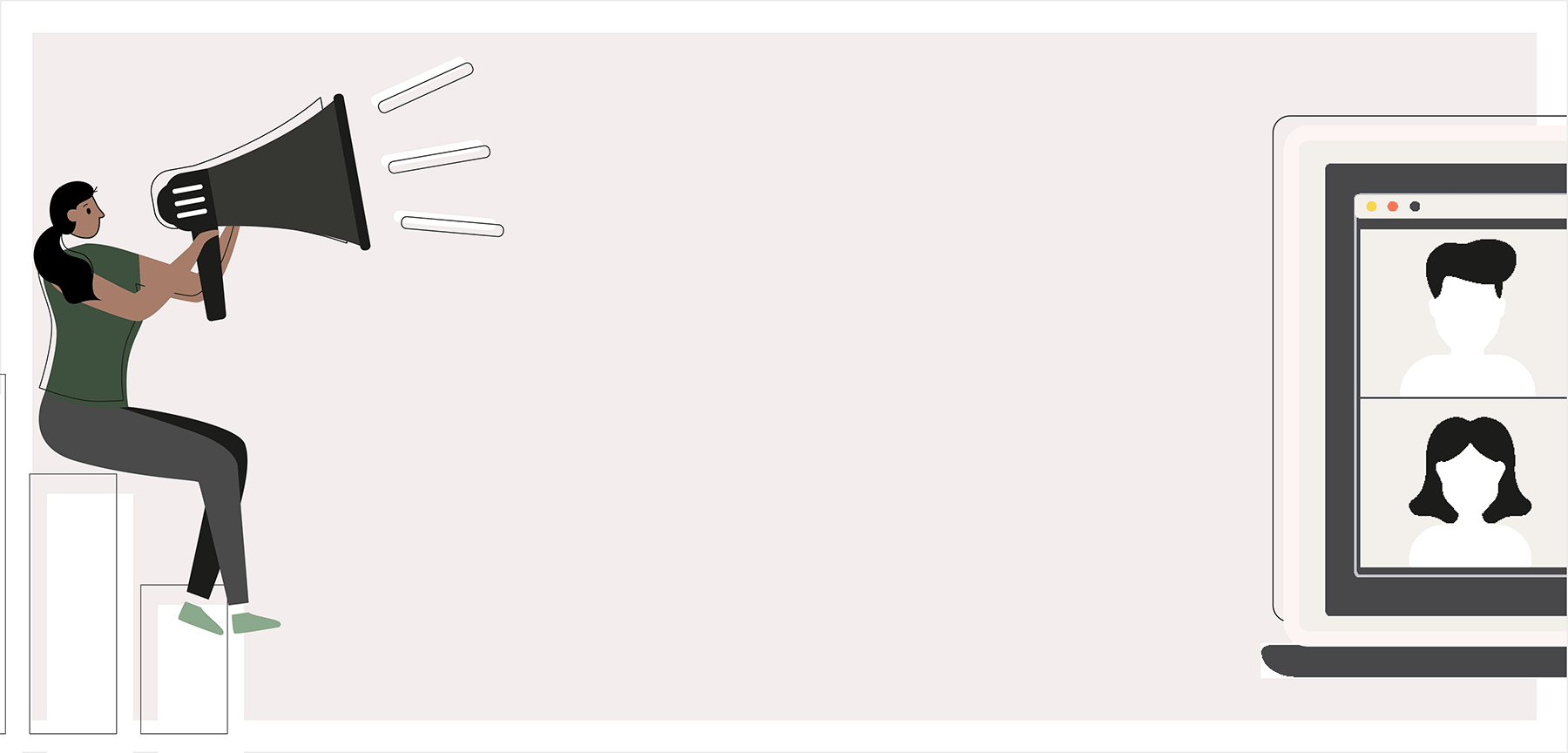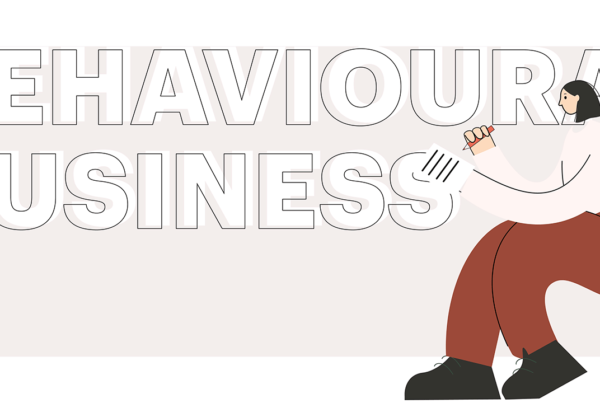What happens when behavioural science and the latest artificial intelligence technology are applied to workplace communications? Harry Toukalas of Galaxy Advisors explains why analysing the digital comms patterns of employees can improve their wellbeing, productivity and engagement.
From the recent surge in the use of Zoom to relying on Microsoft Teams to share files, ideas and chat in real time with colleagues, the list of software applications we find indispensable in the office continues to grow.
But what if the next step in workplace communications isn’t yet another app, but rather analysing digital messages to see what they reveal about our engagement?
That’s the aim of digital communication pattern analysis technology, which employs artificial intelligence to provide insight into not only what workers are saying and doing, but how they are feeling.
Spoon UK sat down with Harry Toukalas of Galaxy Advisors to discuss why analysing communication patterns has exploded in popularity, how the technology can improve productivity and engagement, and its value for employees working remotely.
Analysis of digital communication patterns using AI has exploded in the workplace over the last three years. Why is that?
Harry Toukalas: It is because it fills the gap between the communication process, using technology to communicate with someone, and communication meaning – using technology to know someone. Interpreting digital communication patterns is one of the best ways to understand someone’s attitude and emotions, whether in physical or remote working environments.
Just like it’s hard to hide your unconscious signals, facial expressions and body language in the presence of an astute person, it’s also very difficult to manipulate your digital communication patterns when they are analysed with the right technology. We call our AI analysis of digital communication patterns ‘honest signals’ because they are virtually impossible to game, which makes the predictive accuracy of our product, GalaxyLens, around 90%.
What does GalaxyLens enable managers to do?
GalaxyLens enables leaders to feel the pulse of the workplace. It measures, predicts, reports and improves behaviour by automatically analysing digital communication patterns from sources like email, collaboration apps and telephone and video logs.
It then improves behaviour by providing employees with ongoing and specific AI-generated feedback for their particular needs. This increased self-awareness is the start of positive behavioural change. GalaxyLens does all this while maintaining complete privacy for individuals and data security for organisations.
What other new tools and approaches are available to organisations to continue to engage, motivate, empower and engender trust in their employees?
Naturally, video conferencing and collaboration apps can help organisations to connect their people. These tools can be very useful for facilitating the communication process, but they don’t necessarily improve your understanding of others.
To do this, you also need technology that provides insight into human behaviour and sentiment and delivers accurate feedback at the right time. When done in a transparent and privacy-ensuring manner, this enables organisations to improve the engagement, motivation and empowerment of their people.
You call the most trusted and influential people within companies ‘culture carriers’. What impact do they have?
We call them culture carriers because they influence culture and behaviour through invisible social networks within the organisation. Culture carriers are the most liked and trusted people in the organisation and they influence culture and behaviour through invisible social networks within it. You can rely on these people to get things done, and you can confide in them.
That makes them very influential when it comes to how you work and how the employer is perceived. You can’t just appoint someone to be a culture carrier. Their peers get to decide that – which is why we often see little correlation between culture carriers and management-appointed change or culture champions.

Covid-19 is radically changing the way we are working. What sort of leadership styles thrive under the current circumstances – and what doesn’t work so well?
The type of leaders who may thrive under these conditions are those that are able to quickly apply transformational leadership – helping their team transition to new ways of working – while at the same time focusing on goals and outputs to get things done. Awareness of each team member’s wellbeing is also critical. Leaders will need to interpret emotional cues from tone, voice and facial expressions onscreen, rather than non-verbal data and body language when everyone is in the same room.
Many leaders with high emotional intelligence pride themselves on the ability to walk the floor and absorb the culture. Without this ‘line of sight’ to employees, leaders may find it difficult to continue to read the room.
This is where digital communication pattern analysis provides a solution, because these patterns are proven indicators of human behaviour.
You have more sophisticated data than most on people’s behaviour at work. How do you think remote working is affecting people’s individual wellbeing?
Remote working can be detrimental to a person’s wellbeing if not managed correctly. While work flexibility can be positive, even high performers experience a decline in wellbeing and productivity working remotely for an extended period. Ultimately, we humans are social beings and require some level of ongoing personal interaction.
Of course, flexible working has been embraced by many, but when that choice is taken away from us, and remote working becomes mandatory, our level of motivation and engagement can suffer – even for those people who prefer to work from home.
What’s the impact of remote working on the organisation?
Managing a virtual workplace is far more challenging and nuanced than managing a physical office. In addition to wellbeing and productivity issues, remote working impacts both organisational culture – how should we do things around here now? – and strategy.
The current research affirms that long-term remote working makes it harder to maintain previously accepted cultural norms and employees lose their connection to the organisational purpose. Discretionary effort and the esprit de corps are the casualties.
Will we see more remote working and less business travel in the future?
We’re still more used to in-person interaction to really decide if we like and trust someone. Throughout our evolution, we’ve learnt to read a combination of overt and covert signals to decide what we think about someone or get to the bottom of what someone is really saying and doing. You don’t necessarily get this as clearly from a telephone or video session.
Perhaps the biggest long-term change to the world of business from all this will be faster integration of technology into the way we communicate and interact. That won’t just be from an administration perspective, but for our personal engagement and empowerment too.
Finally, does remote working increase or decrease organisational politics?
It changes office politics. In the past, one of the perceived benefits cited by people working remotely for extended periods of time has been the avoidance of office politics. But the ability to avoid office politics, if that’s what you want to do, may be harder to achieve when the majority of the office is working remotely.
In some ways, this wholesale shift to remote working can be compared to a major organisational restructure. The existing networks and ways of working that people were accustomed to are going to change to varying degrees, and you may need to recalibrate your understanding of how people are behaving in terms of competition for status or power.
The term ‘office politics’ typically refers to positional power. Workplace influence in social networks based on trust and likeability (‘referent power’) needs just as much consideration.




